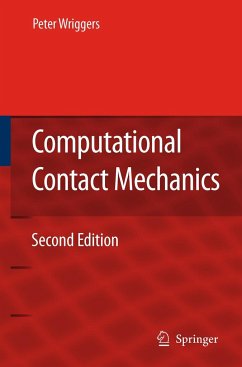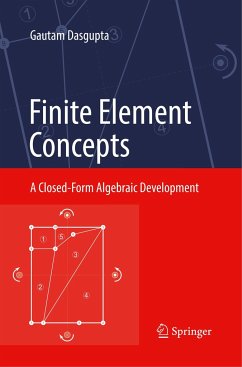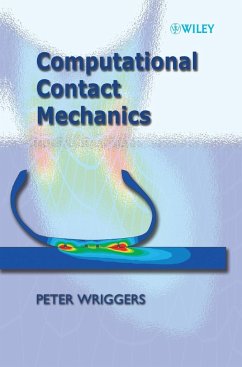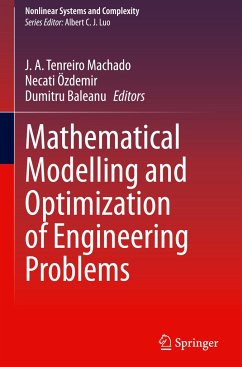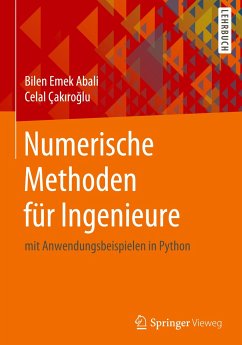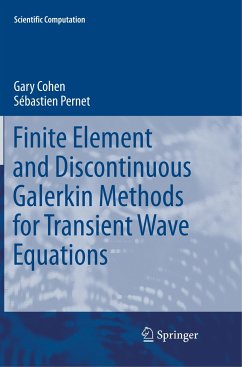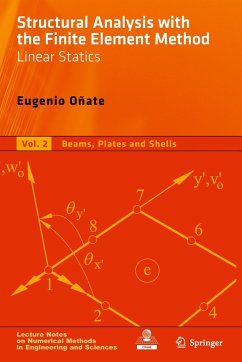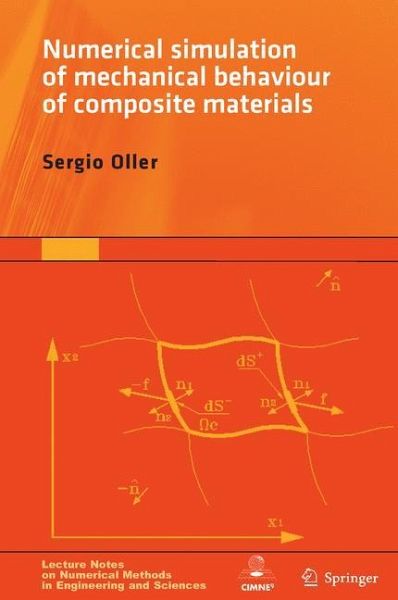
Numerical Simulation of Mechanical Behavior of Composite Materials
Versandkostenfrei!
Versandfertig in 6-10 Tagen
38,99 €
inkl. MwSt.
Weitere Ausgaben:

PAYBACK Punkte
19 °P sammeln!
An original mechanical formulation to treat nonlinear orthotropic behavior of composite materials is presented in this book. It also examines different formulations that allow us to evaluate the behavior of composite materials through the composition of its components, obtaining a new composite material. Also two multiple scale homogenization methods are given, one based on the analytical study of the cells (Ad-hoc homogenization) and other one, more general based on the finite element procedure applied on the macro scale (upper-scale) and in the micro scale (sub-scale).A very general formulat...
An original mechanical formulation to treat nonlinear orthotropic behavior of composite materials is presented in this book. It also examines different formulations that allow us to evaluate the behavior of composite materials through the composition of its components, obtaining a new composite material. Also two multiple scale homogenization methods are given, one based on the analytical study of the cells (Ad-hoc homogenization) and other one, more general based on the finite element procedure applied on the macro scale (upper-scale) and in the micro scale (sub-scale).
A very general formulation to simulate the mechanical behavior for traditional composite structures (plywood, reinforced concrete, masonry, etc.), as well as the new composite materials reinforced with long and short fibers, nanotubes, etc., are also shown in this work.
Typical phenomena occurring in composite materials are also described in this work, including fiber-matrix debonding, local buckling offibers and its coupling with the overall buckling of the structure. Finally, several numerical examples that evaluates the qualities and capabilities of the general model formulated are offered in this book.
This book is intended for graduate engineering students who want to expand their knowledge of composite structures behavior.
A very general formulation to simulate the mechanical behavior for traditional composite structures (plywood, reinforced concrete, masonry, etc.), as well as the new composite materials reinforced with long and short fibers, nanotubes, etc., are also shown in this work.
Typical phenomena occurring in composite materials are also described in this work, including fiber-matrix debonding, local buckling offibers and its coupling with the overall buckling of the structure. Finally, several numerical examples that evaluates the qualities and capabilities of the general model formulated are offered in this book.
This book is intended for graduate engineering students who want to expand their knowledge of composite structures behavior.




